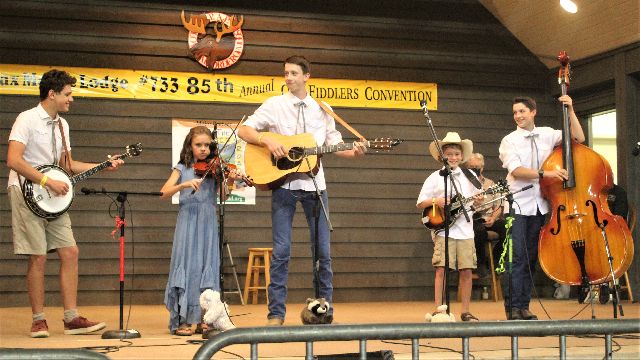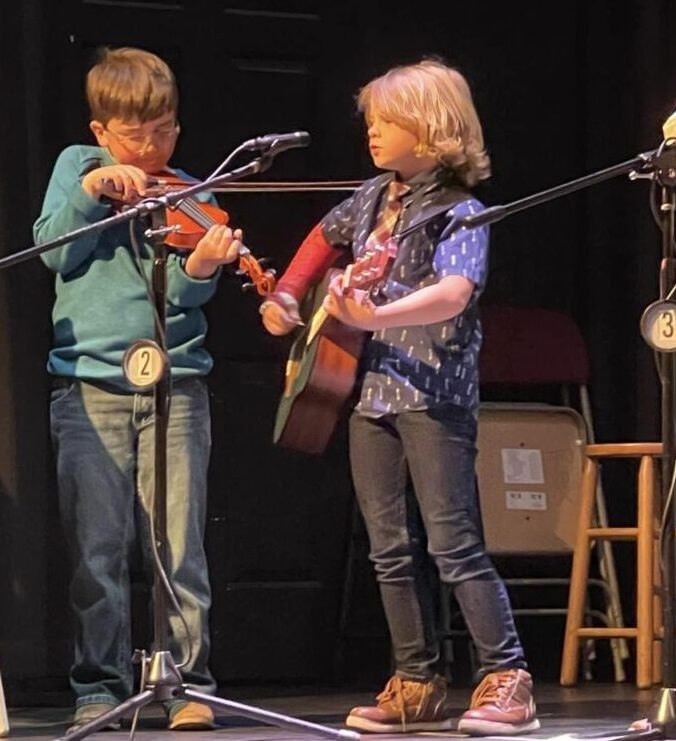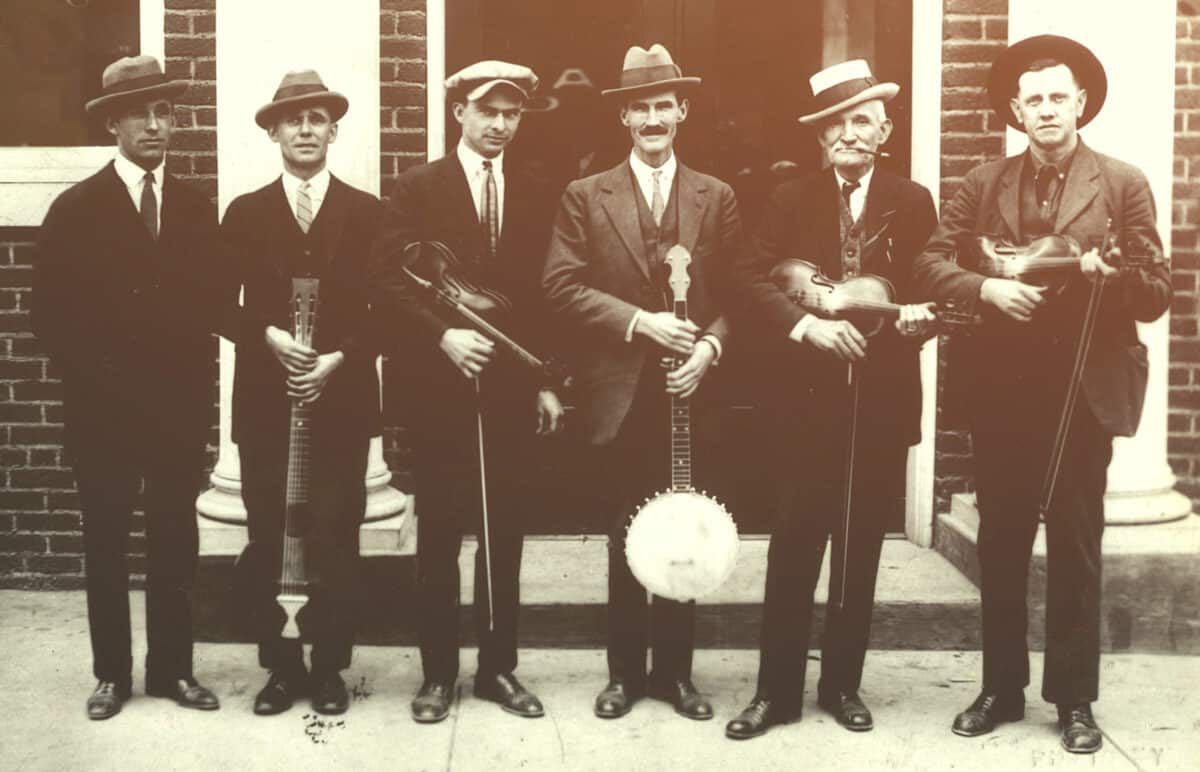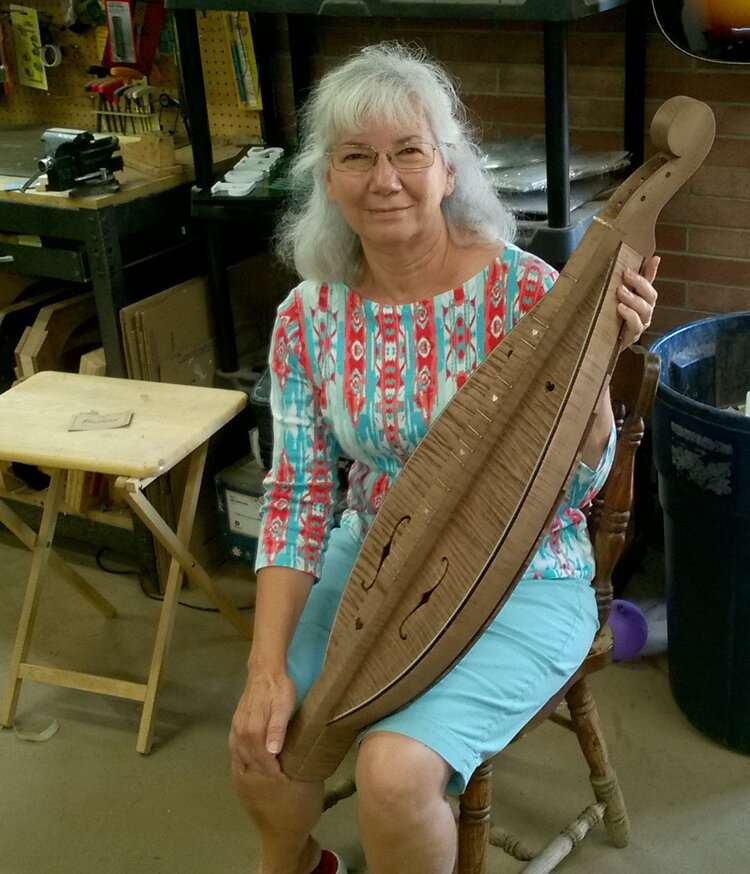


Galax Dulcimer: A Unique Appalachian Sound

Galax Dulcimer: A Unique Appalachian Sound

Music has always found a way to seep into the cracks of the Blue Ridge Mountains. It’s in the air, the wind, and the heartbeat of the hills. And right at the core of this soundscape is the Galax dulcimer.
A Humble Beginning in the Shenandoah Valley
Picture this: The Great Wagon Road, snaking its way through the Appalachian Mountains, teeming with eager settlers. They weren’t just bringing goods and livestock—they were bringing their music. Scots-Irish immigrants with their fiddles, and Germans with their zithers, trudged down this road. When these two musical worlds collided, the mountain dulcimer was born.
This wasn’t a planned meeting; it was necessity mixed with creativity. The settlers needed an instrument that was easy to build and just as easy to play. They took the droning sound of Scottish bagpipes and paired them with the melodic possibilities of the German zithers, creating a hybrid that was both familiar and entirely new.
Mountain dulcimers had a major shortcoming, though: they didn’t project well. On their own, they had a sweet and pleasant sound. But when accompanying banjos and fiddles, their sound was buried.
The Galax Twist: A Community’s Influence
Fast forward a bit to Galax, Virginia. This isn’t just any mountain town; it’s a place where music is woven into the fabric of daily life. In Galax, the dulcimer needed to do more than just blend in—it had to stand out.
So, the Galax-style dulcimer was born. It differs from other mountain dulcimers in both shape and power. It has a symmetrical, elongated body with a pointed, almost diamond-like profile at both ends, which gives it a distinct lozenge shape. The body is generally broader in the middle and tapers toward both ends, creating a visually striking form that produces a louder sound. Making the instrument deeper all around and adding an air-gapped double back enhances its resonance and power, giving the Galax dulcimer its characteristic punch. With a bigger body and a louder voice, it was designed to hold its own in a room full of banjos, fiddles, and booming voices.
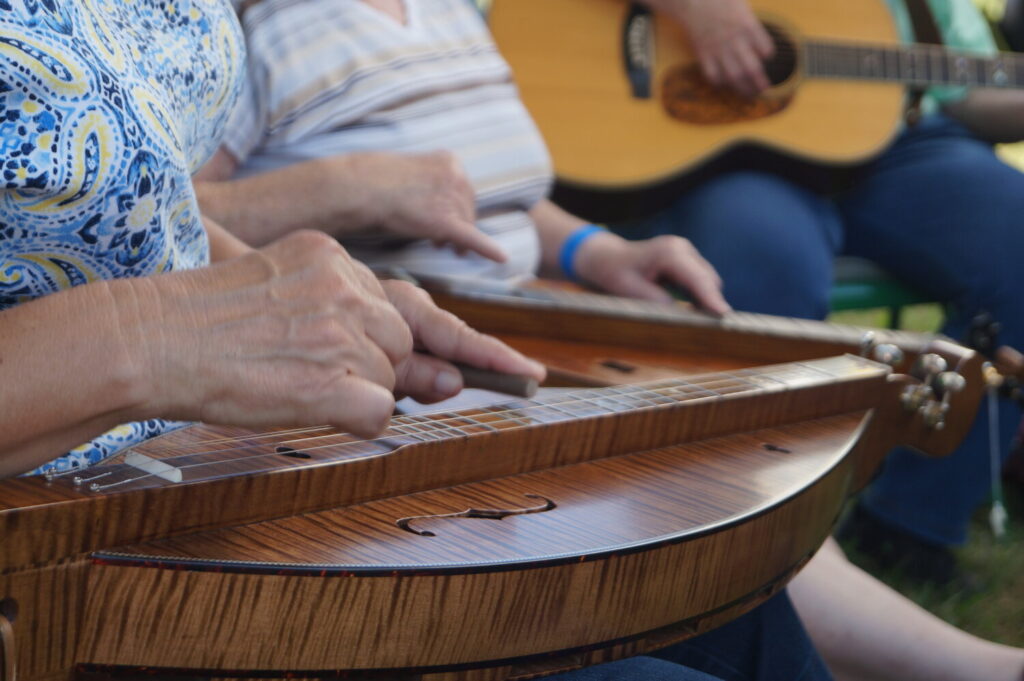
The Galax Dulcimer: A Unique Playing Style
The Galax-style dulcimer is more than just an instrument—it’s a playing tradition that runs deep in the southwestern corner of Virginia. When people talk about “Galax Style,” they refer to the dulcimer’s unique design plus a specific way of tuning and playing it that’s been passed down through generations.
A prime contributor to the sound of the Galax dulcimer is its tuning. Most dulcimers are tuned to a mix of notes that create a harmonious blend. But the Galax dulcimer? It’s tuned in unison; that is, all three strings to the same note. Often, that’s DDD, but notes may vary. It’s a straightforward approach, but the sound it produces is anything but simple.
This isn’t about showing off technical skill; it’s about making music that speaks to the heart. The DDD tuning creates a powerful, droning sound as rugged and straightforward as the mountains. It’s a sound that demands attention and resonates deep within anyone who hears it. And the playing style? Notes are fretted the old-fashioned way, with a stick or “noter.” The result is rhythmic, almost percussive—perfect for the no-nonsense music of the Appalachian tradition.
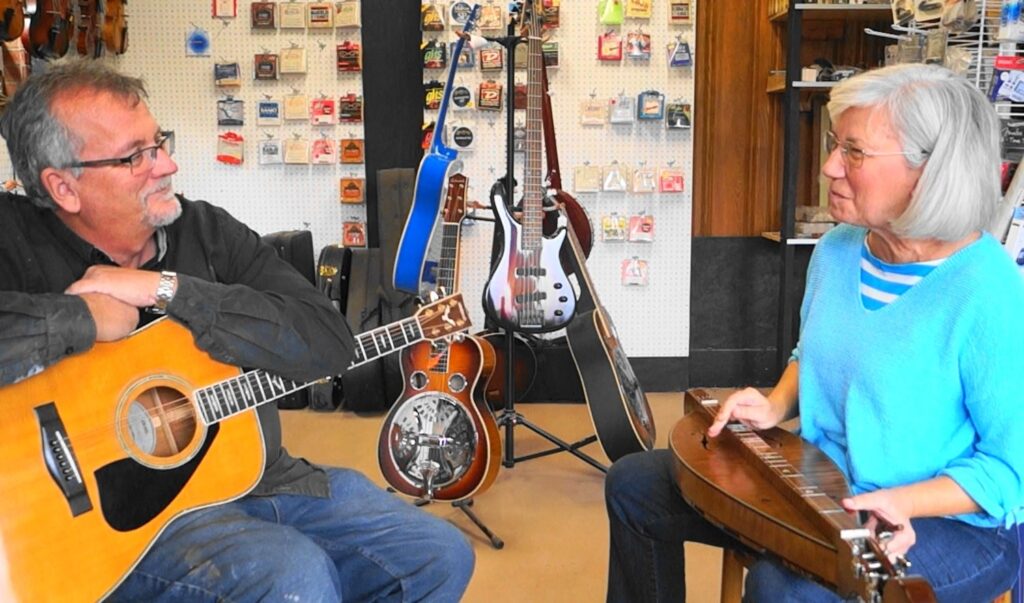
Tradition Meets Today
Today, the Galax-style dulcimer is played in homes, on porches, and at regional festivals. It’s a living tradition, carried on by musicians who appreciate its history but aren’t afraid to push its boundaries. This isn’t about preserving something in a museum—it’s about keeping it alive, relevant, and most importantly, played.
In a constantly changing world, the Galax dulcimer is a reminder that some things are worth holding onto. It’s more than just wood and strings; it’s a link to the past that’s still making music today. Whether you’re a seasoned player or just someone who appreciates a good story, the Galax dulcimer has something to say. And as long as people are willing to listen—and to play—it’s a sound that will never fade away.
Wayne Jordan is a Galax-based writer and storyteller. His Scots-Irish ancestors settled in the Blue Ridge Mountains in 1760, and he has deep roots there. The author of four books, Wayne is a retired Senior Editor for WorthPoint Corporation, a long-time columnist for Kovels Antique Trader Magazine, and a contributor to regional newspapers and travel publications. He blogs at BlueRidgeTales.com.

